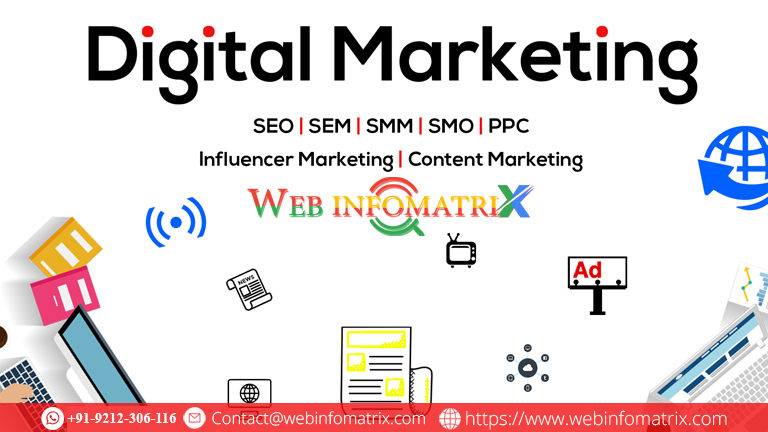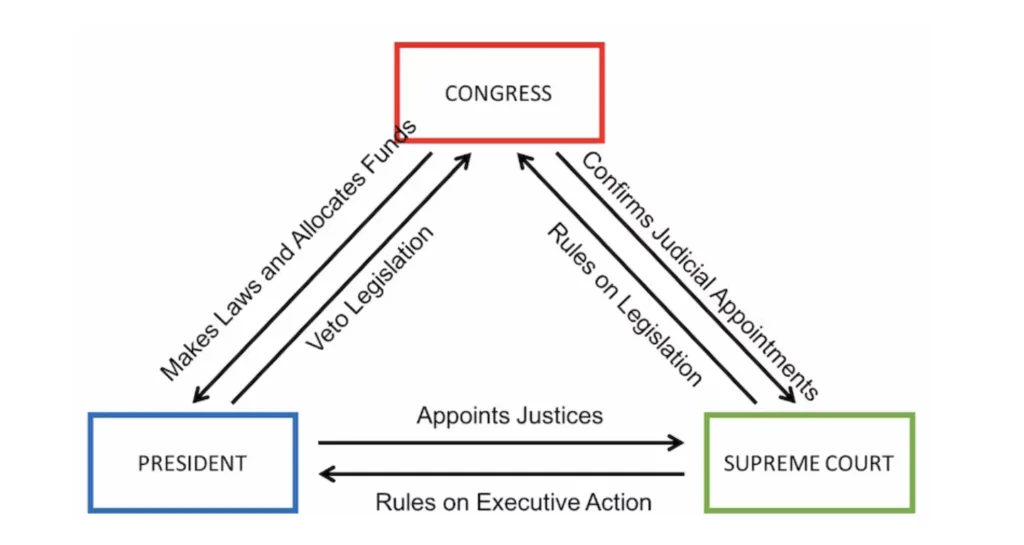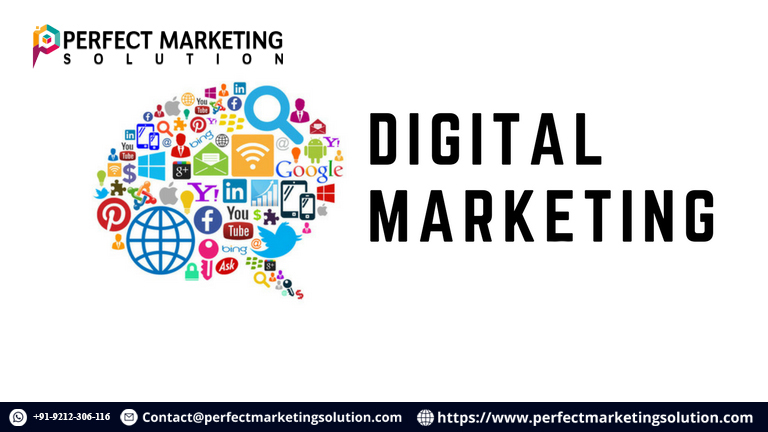How Much Does it Cost to Develop a Dating App like Tinder or Bumble?
Learn the key factors that affect the cost of developing a dating app like Tinder or Bumble, including features, platform, and team location.

The dating app market has exploded in recent years, with platforms like Tinder, Bumble, and Hinge leading the charge. These apps have redefined the way people connect, offering new avenues for dating and relationships. But if you’re thinking about launching a similar app, one of the first questions that likely comes to mind is: How much will it cost to develop a dating app like Tinder or Bumble?
Developing a dating app is not a simple task. It requires a combination of solid technical expertise, robust features, and attention to user experience. The cost of building such an app can vary significantly depending on several factors, including the complexity of features, the platform(s) you choose (iOS, Android, or both), and the development team you hire. In this article, we’ll break down these factors to give you a clearer picture of what goes into the cost of building a dating app.
Key Factors That Impact the Cost
Before jumping into the numbers, it’s essential to highlight the key components that contribute to the overall cost of developing a dating app. These include:
- Platform Choice (iOS, Android, or Both)
- Features and Functionality
- UI/UX Design
- Backend Development
- Third-Party Integrations
- Testing and QA
- Maintenance and Updates
- Location of Development Team
Let’s break these down in more detail.
1. Platform Choice: iOS, Android, or Both?
The first decision you need to make is whether your dating app will be available on iOS, Android, or both platforms. Developing an app for both platforms requires more work, as it involves building and maintaining separate codebases for each one.
-
iOS Development: If you choose to develop for iOS, you will need to hire tinder clone app developers skilled in Swift or Objective-C. Apple’s App Store has strict guidelines, which can lead to additional development time for ensuring your app meets their standards.
-
Android Development: For Android, developers typically use Java or Kotlin. Android apps tend to have a wider range of devices to support, which may require additional testing to ensure compatibility.
-
Both Platforms: Developing for both iOS and Android increases the complexity and cost, but it also maximizes your reach. Cross-platform development tools like Flutter or React Native can help lower the cost to some extent by allowing the same codebase to be used for both platforms.
2. Features and Functionality
The features you choose to implement in your dating app will have the biggest impact on the overall cost. Here are some of the core features you should consider:
- User Profile Creation: This allows users to set up their profile with photos, personal information, and preferences.
- Matching Algorithm: This is one of the most important parts of a dating app. Tinder’s swipe mechanism and Bumble’s women-first approach are just two examples of matching algorithms. Building a robust algorithm can be complex and requires advanced logic.
- Messaging and Chat: A real-time chat system is essential for a dating app. The ability to send text, images, and emojis makes messaging more engaging. It requires real-time data transfer, which increases development time.
- Geolocation Services: This feature allows users to see potential matches based on their current location. It requires GPS integration and real-time updates.
- Push Notifications: Push notifications alert users about new messages, matches, or other app-related activities. They keep users engaged.
- Social Media Integration: Allowing users to sign up via Facebook, Instagram, or Google can help increase sign-up rates and ease the onboarding process.
- Premium Features: Many dating apps offer subscription plans or in-app purchases for advanced features, like seeing who liked your profile or getting unlimited swipes. These require an additional layer of functionality for payment gateways and user access control.
3. UI/UX Design
The design of your app is critical to its success. A clean, modern, and intuitive interface will make users more likely to engage with the app and return regularly. On the other hand, a confusing or clunky design will drive users away.
A dating app needs to have:
- User-Friendly Navigation: Make sure that users can easily navigate between their profile, matches, and messages without any friction.
- Attractive Visual Design: High-quality graphics, appealing color schemes, and easy-to-read fonts can significantly enhance user engagement.
- Responsive Design: Your app must work seamlessly across different screen sizes and resolutions.
Creating an effective UI/UX design can take time, especially when testing various design prototypes to get it just right.
4. Backend Development
The backend is the engine that powers your dating app. It handles everything from user accounts and matching algorithms to chat functionality and database management. The backend ensures that the data flows seamlessly between the app and the server.
Key elements of backend development include:
- Server Setup: Setting up a server is crucial for storing user data, app settings, and messages. You’ll also need to ensure that your server is secure and can handle a large number of simultaneous users.
- Database: A well-organized database is required for storing user profiles, messages, preferences, and match data.
- API Integration: An API allows the app to communicate with the backend, enabling features like messaging, matchmaking, and push notifications.
The backend development process requires skilled developers familiar with server-side languages like Node.js, Python, Ruby, or PHP, as well as database technologies like MySQL or MongoDB.
5. Third-Party Integrations
Dating apps often require third-party services to improve user experience or add additional features. Some of the most common third-party integrations include:
- Payment Gateways: For in-app purchases and subscription management (e.g., Stripe or PayPal).
- SMS/Email Verification: To ensure that users are legitimate and to send notifications (e.g., Twilio).
- Cloud Storage: For storing media files such as photos and videos (e.g., Amazon S3).
- Geo-Location APIs: To enable location-based matching (e.g., Google Maps API).
These integrations can add both time and cost to the development process, as they need to be properly implemented and tested.
6. Testing and QA
Once the app is built, it needs thorough testing to ensure that everything works correctly. Testing helps identify bugs, glitches, or usability issues that could impact the user experience. Common types of testing include:
- Functionality Testing: Ensures that all features are working as expected.
- Performance Testing: Checks how the app handles heavy traffic and large amounts of data.
- Security Testing: Ensures that user data is secure and that the app is resistant to hacking or data breaches.
- Usability Testing: Assesses how user-friendly and intuitive the app is.
QA is an essential part of the development process, and it often takes several iterations before the app is ready for launch.
7. Maintenance and Updates
After the initial launch, your work doesn’t stop. Ongoing maintenance is necessary to keep the app running smoothly, fix any issues that arise, and release regular updates. Maintenance costs can include:
- Bug Fixes: Addressing any issues that users report.
- Feature Updates: Adding new features or improving existing ones.
- Platform Updates: Keeping the app compatible with the latest iOS and Android versions.
- User Support: Providing customer service to help users with any issues they may face.
The cost of maintenance can be about 15-20% of the initial development cost annually.
8. Location of Development Team
The location of your development team can greatly affect the cost. For example:
- North America/Western Europe: Developers in these regions charge premium rates, which can range from $100 to $250 per hour.
- Eastern Europe/Latin America: Developers in these regions offer high-quality work at more affordable rates, typically ranging from $30 to $80 per hour.
- Asia: Countries like India, China, and the Philippines have a large pool of developers who offer even lower rates, typically ranging from $10 to $40 per hour.
Choosing a development team from a cost-effective region can significantly lower your overall development costs, though it may require some additional coordination due to time zone differences and language barriers.
Estimated Costs to Develop a Dating App
Now that we’ve covered the key factors, let’s look at the estimated costs. The cost to develop a dating app can vary significantly based on the features you want to include, the platform(s) you choose, and the location of your development team.
- Basic Dating App (iOS or Android, basic features, no complex algorithm): $30,000 – $50,000
- Medium Complexity Dating App (iOS and Android, advanced features like geolocation, chat, and social media integration): $50,000 – $150,000
- High Complexity Dating App (iOS and Android, advanced algorithms, premium features, real-time chat, and more): $150,000 – $500,000 or more
Keep in mind that these estimates cover only the initial development. Ongoing maintenance, marketing, and additional features will add to the overall cost.
Conclusion
Building a dating app like Tinder or Bumble requires substantial investment in both time and money. While the cost can vary based on the complexity of the features, platform choice, and location of your development team, it’s clear that launching a successful dating app involves more than just coding. You’ll need to focus on creating a seamless user experience, building a strong backend, and maintaining the app post-launch.
What's Your Reaction?


















